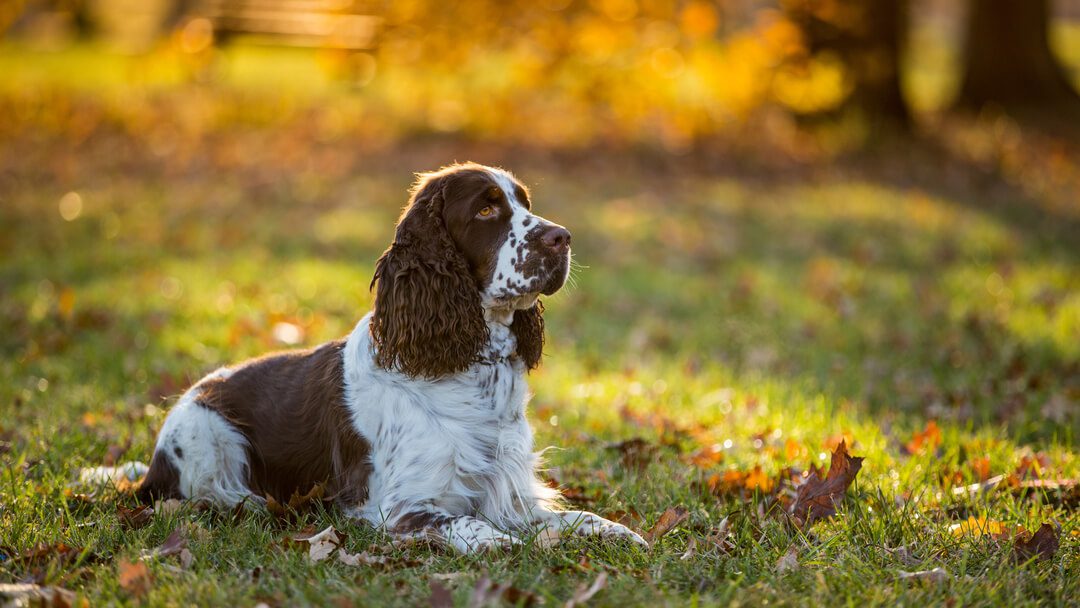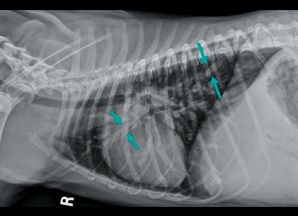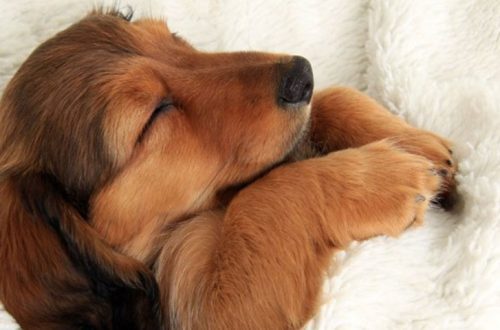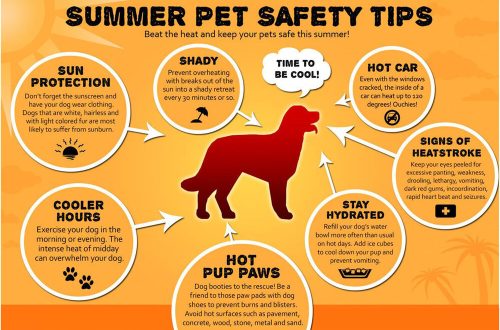
Gun dogs: breeds and features
Gun dogs are a group of dog breeds that are used as hunting aids with a gun. The name speaks for itself – during the shot, the animal is next to the hunter, that is, “under the gun.” First of all, these dogs help in hunting birds and small animals.
What breeds are included in the group
According to the classification of the English Kennel Club (AKC), the group of gun dogs is divided into pointers, retrievers and spaniels.
Hounds include: English Pointer, Portuguese Pointer, English Setter, Irish Red Setter, Scottish Setter, Irish Red and White Setter, German Shorthaired Pointer, German Drathaar, Weimaraner, Hungarian Vizsla, Italian Brakk and Breton Spaniel.
Retrievers include: Labrador Retriever, Golden Retriever, Flat-Coated (Flat) Retriever, Curly-Coated (Curly) Retriever, Nova Scotia (Toller) Retriever, and Chesapeake Bay Retriever.
Spaniels include: American Water Spaniel, American Cocker Spaniel, English Cocker Spaniel, English Springer Spaniel, Great Munsterländer, Welsh Springer Spaniel, Wetterhoon, Blue Picardy Spaniel, Drents Patrijshond, Irish Water Spaniel, Cavalier King Charles Spaniel, King Charles Spaniel, Clumber Spaniel, Koikerhondier, Small Munsterlander, German Wachtelhund, Papillon, Picardy Spaniel, Pont-Audemer Spaniel, Russian Hunting Spaniel, Sussex Spaniel, Phalene, Field Spaniel, French Spaniel, Breton Spaniel (according to the classification of the Russian Canine Federation, spaniels are classified as Spaniels and Retrievers).
The most popular representatives of the group
The most popular dogs from this group include the English Setter, German Shorthaired Pointer, German Drathaar, American and English Cocker Spaniels, Labrador Retriever and Golden Retriever. The latter are rarely used in Russia as gun dogs, much more often as companion dogs and just pets.
Appearance
Most gun dogs have floppy ears, a long muzzle, and not too long coats. The color of the coat is most often monophonic or spotted. Dogs with short dense hair were bred specifically so that they could make their way through thickets of bushes without clinging and without injuring the skin. The exception is the Cocker Spaniel – it has a fairly long and curly coat. But they are now very rarely used for hunting.
Temperament
The dogs of this group are mostly energetic, active, docile and friendly, but very stubborn individuals are not excluded. If you do not use the animal for its intended purpose, you will have to walk with it for a long time and often. Dogs are very persistent – if she wants something, it will be very difficult to convince her.
If it is planned to use a representative of the breed according to the standard, then special attention must be paid to training, starting from puppyhood. The dog needs to be trained for obedience, namely for the clear and unconditional execution of the owner’s commands. When hunting, commands are given to the dog very quietly and often with gestures – the puppy must learn to understand what is required of him.
If possible, contact your local canine organization and take your puppy to professional training, as any gun dog needs a very strict upbringing. At home, there is a risk of spoiling the puppy. These dogs have a very good sense of smell, so keep treats away.
Features of care
Since the dogs of the gun group have hanging ears, it is necessary to pay attention to the care of the auricles. Ears are best cleaned with a cotton swab, gently removing dirt. The dog does not need to be washed often – bathe it only when the animal’s coat is obviously dirty. When bathing, use a special dog shampoo.
Consult your veterinarian about your pet’s diet – as the dog is very active, it may require additional food fortified with vitamins and minerals.
Dogs in this group need long walks and exercise. Get ready to walk with your pet for two hours several times a day.
History and purpose of breeding
Gun breeds appeared, following the advent of the gun. Hunting with firearms has changed the tasks of the dog, when hunting with a gun, dogs do not have to kill game – their task is to find and bring to the owner an already shot bird or animal. Gun dogs are still often used for their intended purpose, although they are also kept as pets. Retrievers often make excellent assistance dogs, such as guide dogs or searchers for detecting drugs or explosives.
If you have decided to adopt a dog from a gun group as a pet, congratulations! This is a great choice for active families with children.





